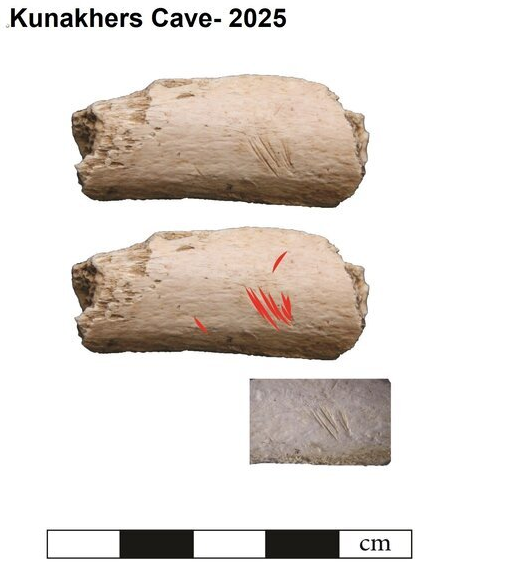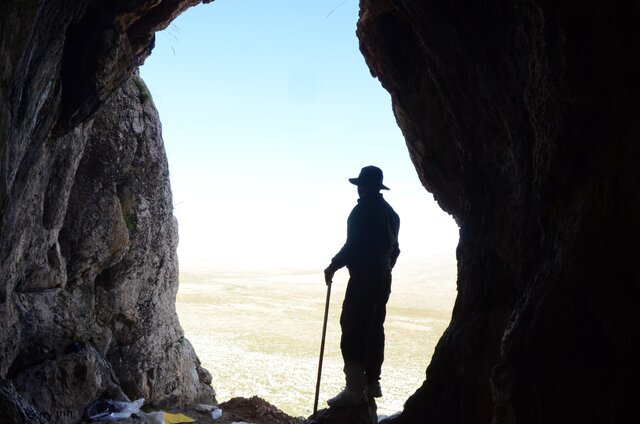An emergency archaeological excavation in Iran’s central-western Zagros Mountains has uncovered compelling evidence of Neanderthal presence dating back between 40,000 and 80,000 years. The discovery was made in Kunakhera Cave, a site threatened by illegal digging and natural degradation.
Led by archaeologist Nemat Hariri, the project was launched under the supervision of the Cultural Heritage and Tourism Research Institute, with logistical support from the local provincial heritage department.
“Due to severe damage in recent years, we initiated this rescue excavation to recover and document what remained,” said Hariri. “We aimed not only to preserve cultural and biological materials but also to gather scientific data about the region’s Paleolithic history.”
Stone Tools, Burnt Bones, and Hearths Suggest Complex Human Behavior
Initial findings include Mousterian-style stone tools, cut-marked animal bones with signs of heating, ash layers, and hearth structures, indicating repeated and organized Neanderthal use of the cave.

The sedimentary layers resemble those found in the nearby Bawa-Yawan rock shelter, a known Neanderthal site. This suggests that Neanderthal communities may have occupied Kunakhera Cave seasonally or recurrently—despite its high-altitude location near the snow line (~1,800 meters) during the Late Pleistocene.
The animal remains, which include cave bears, equids, bovids, caprids, jackals, rabbits, and even freshwater turtles, reveal a diverse and adaptive diet practiced by these early hominins.

A New Understanding of Neanderthals
Hariri emphasized that these findings support a growing shift in scientific perspectives on Neanderthals.
“Today, Neanderthals are not seen as primitive or biologically limited. They were intelligent, adaptable hominins with advanced cultural and survival strategies,” he noted.
The Kunakhera evidence supports the idea that Neanderthals in the Zagros not only survived but thrived in high-altitude, cold environments, using fire, tools, and diverse food sources to adapt.
Shaping the Broader Human Story
This emergency excavation has not only preserved what was nearly lost but also adds a crucial chapter to our understanding of early human evolution in the Iranian highlands. Kunakhera Cave now stands as an important piece in the puzzle of Neanderthal life, pushing back assumptions and expanding knowledge about hominin adaptation across Eurasia.
Cover Image Credit: Tehran Times





